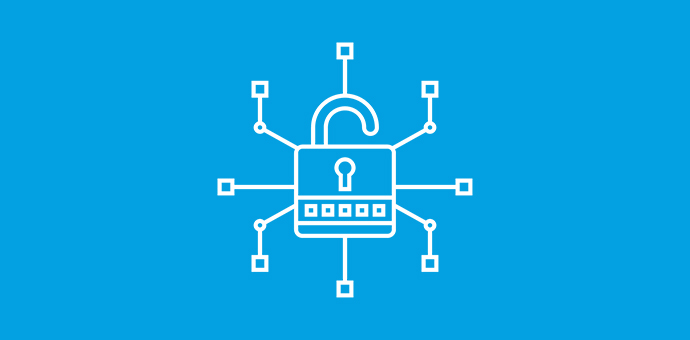Big data breaches continue to plague organizations worldwide, wreaking havoc on their finances, reputation, and regulatory compliance. These incidents underscore the critical need for organizations to learn from past breaches and fortify their cybersecurity defenses.
In this blog post, we’ll delve into the impact of big data breaches, extract key lessons learned from notable incidents, and outline strategies for preventing future breaches.
Understanding the Impact of Big Data Breaches
Big data breaches represent a significant threat to organizations, leading to financial losses, reputational damage, and legal repercussions. The exposure of sensitive information, such as customer data or intellectual property, can result in identity theft, fraud, and privacy violations.
Recent breaches, such as the Equifax data breach in 2017 and the Capital One breach in 2019, serve as stark reminders of the far-reaching consequences of data breaches in terms of monetary costs, public trust, and regulatory fines.
Key Lessons Learned from Past Breaches
Several common patterns and trends emerge from past big data breaches, highlighting areas where organizations must improve their security posture. Insider threats, vulnerabilities in third-party systems, and sophisticated cyberattacks are among the primary contributors to breaches.
For instance, the breach at Yahoo in 2013, which compromised over 3 billion user accounts, underscored the importance of proactive threat intelligence and incident response readiness in mitigating the impact of breaches.
Strategies for Prevention: Strengthening Access Controls
One of the most effective strategies for preventing big data breaches is strengthening access controls to limit unauthorized access to sensitive data. Organizations should adopt role-based access control (RBAC), enforce least privilege principles, and implement multi-factor authentication (MFA) to ensure that only authorized users can access critical data.
Regular access reviews and audits are essential for maintaining the integrity of access controls and aligning permissions with business requirements.
Strategies for Prevention: Enhancing Data Encryption and Masking
Encrypting and masking sensitive data are fundamental to protecting it from unauthorized access and data breaches. Encryption at rest, encryption in transit, and tokenization are commonly used techniques for safeguarding data privacy.
Organizations should invest in robust encryption and data masking solutions and integrate them into their data management processes to ensure end-to-end security.
Strategies for Prevention: Implementing Threat Detection and Response Measures
Proactive threat detection and response measures are essential for identifying and mitigating security threats within big data environments. Advanced analytics, machine learning, and artificial intelligence (AI) technologies play a crucial role in detecting anomalous behavior and potential security incidents.
Incident response planning, including incident detection, containment, eradication, and recovery, is critical for minimizing the impact of breaches and restoring normal operations swiftly.
Conclusion: Building a Resilient Security Posture
In conclusion, the lessons learned from past big data breaches underscore the importance of adopting a proactive and multi-layered approach to cybersecurity. By strengthening access controls, enhancing data encryption and masking, and implementing robust threat detection and response measures, organizations can fortify their security posture and mitigate the risk of breaches.
Additionally, prioritizing cybersecurity awareness, investing in employee training, and collaborating with industry peers are essential for staying ahead of emerging threats and maintaining resilience in the face of evolving cyber risks.
By learning from past mistakes and implementing effective security strategies, organizations can protect their valuable data assets and safeguard the trust of their stakeholders.

